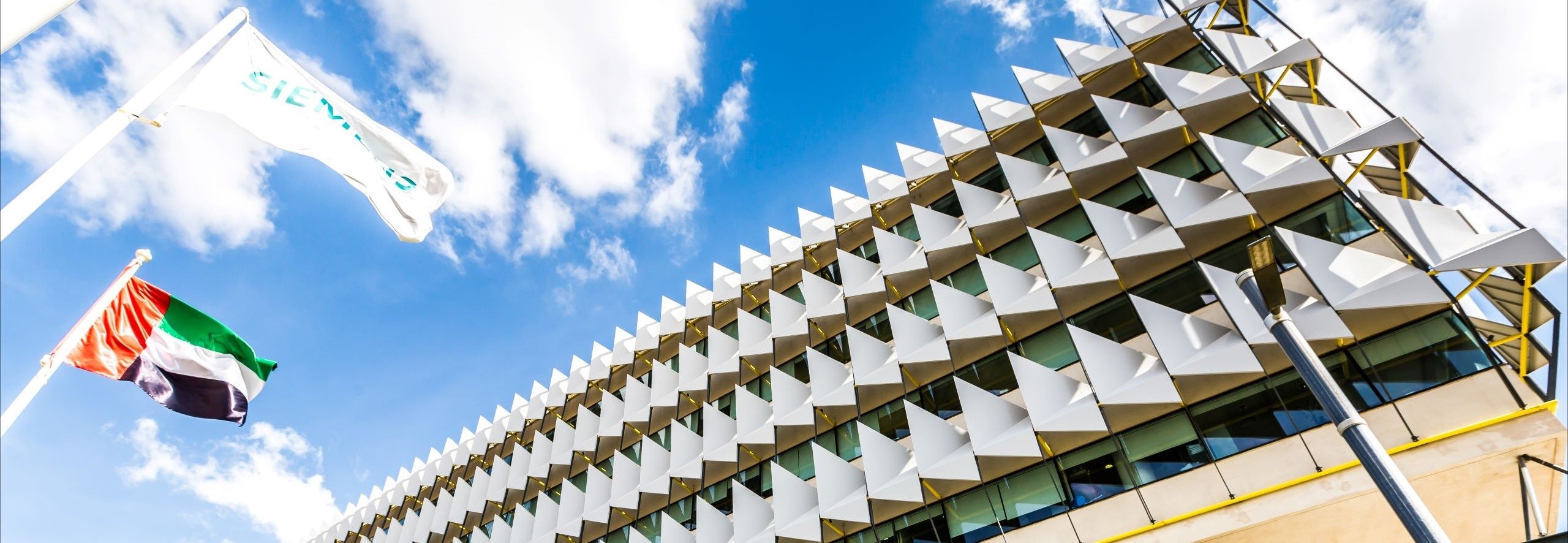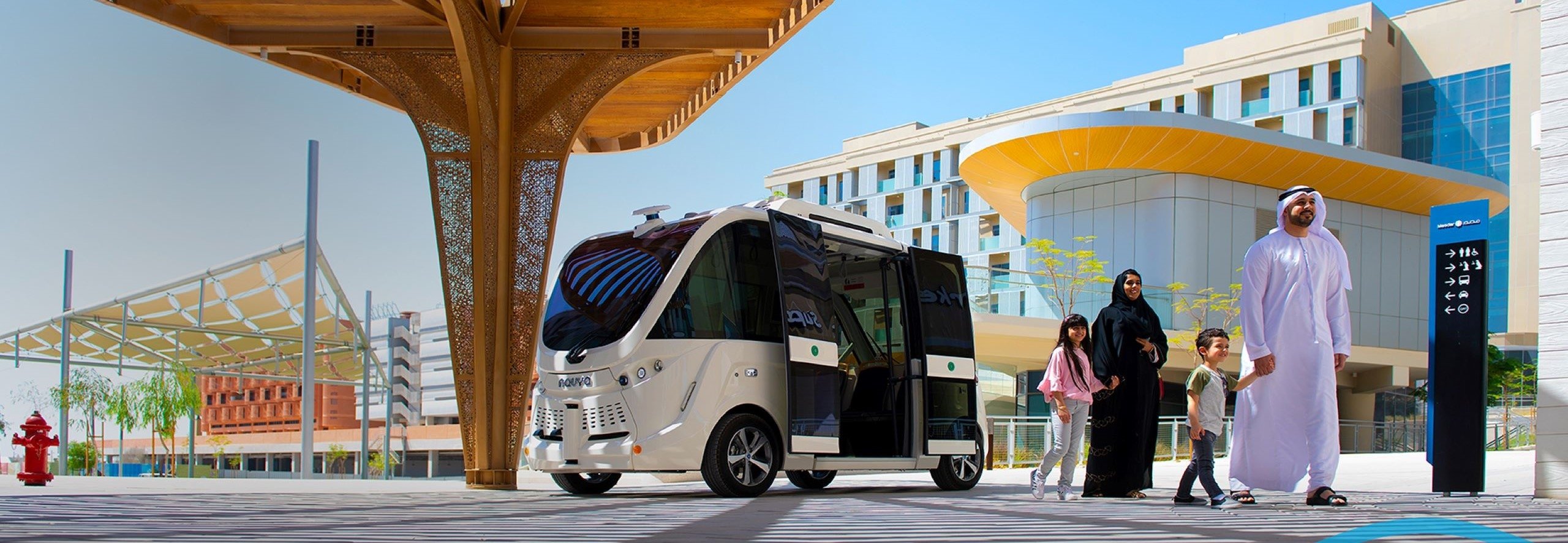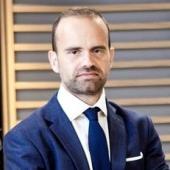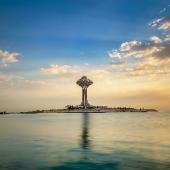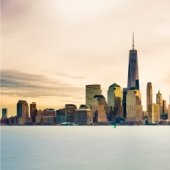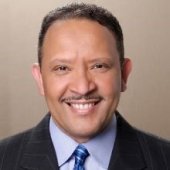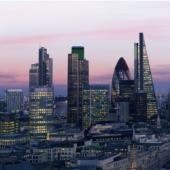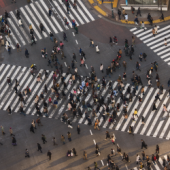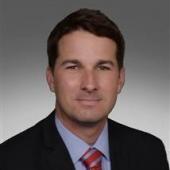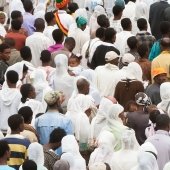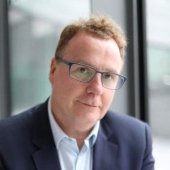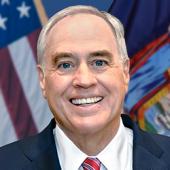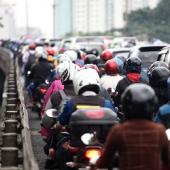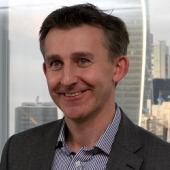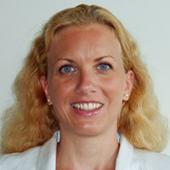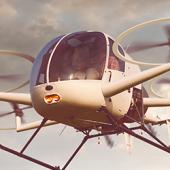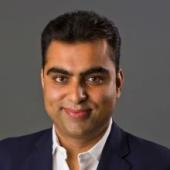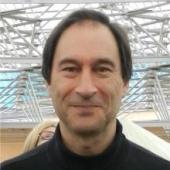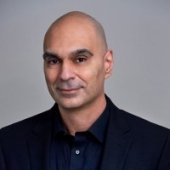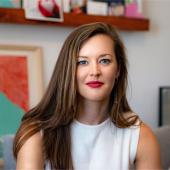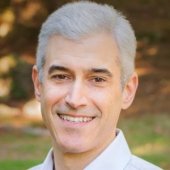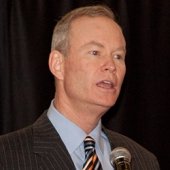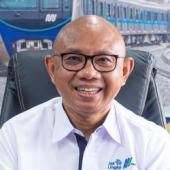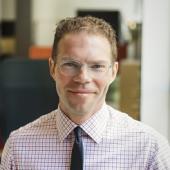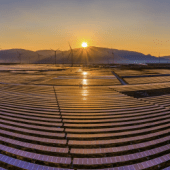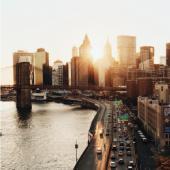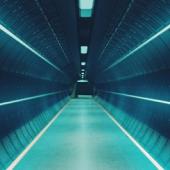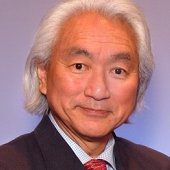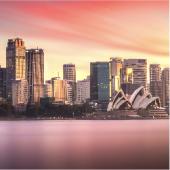UAE’s Masdar City execs: ‘We’re building the most innovative place on Earth’
IN BRIEF
- All our future construction will be net-zero buildings, which is pretty rare anywhere but especially in this part of the world.
- We want Masdar City to be that living lab where you can test technology, develop it and then implement it.
- I’m glad we slowed down from our original development plans, because what we end up with here is going to be better than what we had originally envisioned.
Masdar City is a planned-city project in the United Arab Emirates, which relies on solar energy and other renewable energy sources located just outside the city of Abu Dhabi. Since its inception in 2008, Masdar City has defined itself by a visionary approach built on innovation and research. Masdar City hosts the headquarters of the International Renewable Energy Agency, and the city is designed to be a hub for cleantech companies. Its first tenant was the Masdar Institute of Science and Technology, which has been operating since 2010. Ambitious plans and goals have been slowed, but not stopped, first by the worldwide financial crisis and, more recently, the global pandemic. Joe Kornik, Editor-in-Chief of VISION by Protiviti, caught up with two Masdar City officials — Chris Wan, head of design management and sustainable real estate, and Steve Severance, head of program management and marketing — to discuss Masdar City’s future.
Kornik: I know Masdar City began in 2008 and the first building opened in 2010. Can you give me a sense of where Masdar City is right now?
Severance: We have a master plan, and some of what we started more 12 years ago is complete. We have a proof of concept that’s headed toward critical mass, and we’ll reach it in the next few years, probably around 2025. There are a lot of exciting things happening: We have the world’s largest collection of LEED Platinum buildings, at 175,000 square meters, and we’re breaking ground soon on another 80,000 square meters. This includes our first two large-scale, net-zero buildings, which are exceptionally rare anywhere, but even more rare in this part of the world. We’re to the point where all our future construction, both residential and commercial, will be net zero.
We started out with a very ambitious master plan, and we’ve kept up that ambition, but a lot has changed in terms of what’s possible compared to 12 years ago. If you look at the price of renewable energy in 2008, it was expensive — some of the most expensive electricity on Earth. Technology moves fast; it’s one of the biggest challenges of building such a forward-looking city: When you are so far ahead of the curve, technologies that are expensive and less efficient will, almost certainly, be less expensive and more efficient in the future. In some ways, we’re fortunate that we slowed down a bit on the construction, because we were trying to do things faster than the market could support. Today, we’re doing more manageable development. Currently, we’re focused on primarily building out the urban core with commercial; residential will follow.
Kornik: Talk to me a little bit about the overall goals for Masdar City.
Severance: The goal is for Masdar City to be a hub of innovation, and that’s why we started with universities, like any great innovative city, right? We have the Mohamed bin Zayed University of Artificial Intelligence, the world’s first graduate-level university focused on artificial intelligence, and the Masdar Institute of Science and Technology. Both universities are Abu Dhabi government funded.
We want Masdar City to be that living lab where you can test technology, develop it and then implement it. We’re seeing research from our professors being turned into products. That’s exciting! One example is taking local algae that can grow in salt water and turning it into a biofuel. Innovation is at the heart of everything we do; that’s why we’re doing this. We’re demonstrating how to live more sustainably, how to have a green lifestyle in a part of the world where the carbon footprint per person is one of the highest on Earth.
Kornik: You mentioned net-zero buildings. Let’s talk about design management and construction in Masdar City. What’s unique about the architecture, and why are buildings like the IRENA HQ, Eco-Villas and the Siemens Building so important for Masdar City?
Wan: The architecture at Masdar City adopts a holistic approach to design and construction. There are five key areas that can have a decisive impact on the design: the setting of the development brief, the establishment of environmental goals, the determination of the budget, the assembly of the team and the adoption of an integrated design process.The development brief is the most important document in defining the outcome of the completed building. It is considered in detail at a very early stage. It is about the end-user requirements and needs. It places people at the center of the building design. Environmental goals are set after the brief, including setting standards for energy, water and waste. Budgets are defined prior to the commencement of the design. And lastly, the adoption of an integrated design process provides a platform for how the team works together. The IRENA HQ, the Siemens Building and the Eco-Villa in Masdar City all adopted the above factors. Although they have diverse architectural language, they share a common design approach. In this regard, sustainable design is more about the design process and less about the design aesthetic.
We’re to the point where all our future construction, both residential and commercial, will be net zero.
– Steve Severance, Program Management and Marketing, Masdar City
Kornik: How can Masdar City serve as a model city all over the world? What best practices are applicable outside Masdar City?
Wan: Recently, there have been many sustainable city designs. They explore a future where people can live in harmony with their environment. They propose ways to build with less environmental impact. They embrace livability. However, many stay as concepts — as eco-concepts. One of the biggest learnings at Masdar City is how to move from an eco-concept to an eco-reality.
The path is not smooth or straight, and Masdar City had to overcome many barriers. When it comes to barriers to sustainable design, they fall into three broad types: mindset barriers, design barriers and management barriers. Mindset barriers are about a belief that sustainable design is not practical, usually in relation to cost or even time. Design barriers are about the lack of technical knowhow to produce the correct design solutions. Management barriers is about the lack of ability to collaborate and work towards a common goal. For sustainable design, all three barriers need to be overcome.
Kornik: Steve referenced earlier how technology moves faster than we do. What measures are being taken to ensure that the city remains sustainable for years to come?
Wan: We are making design decisions in relation to energy-demand reduction as a top priority. One reason for this is to reduce the carbon-emissions footprint. However, in the future, as the energy supply transforms to renewable energy, the priority for energy-demand reduction may change, since the source of energy has a lower carbon-emissions footprint. The priority may still be there, but other priorities may increase.
As buildings tend to last longer than the evolution of technology, the flexibility of buildings to incorporate change is becoming increasingly important. We take a minimalist approach, which means we only build what is necessary for the environmental function of the building, and no more. In this way, as technology changes, the physical impact of adopting new technologies will be reduced.
The Siemens Building is an example of this approach. Every component of the Siemens Building has a job to do. In fact, many components do more than one job. This efficiency allows us to build less, which is good for the environment, and provides more value, which is good for the building owner.
Kornik: Let’s shift gears and talk about transportation. I know Masdar City had some ambitious plans around mobility and transport in personal electric pod cars. Where does that stand today?
Severance: The original goal was that we were going to run personal rapid transit, and it’s been a great success for us. It’s been something that’s been sort of iconic for people who visit Masdar City to try the pod cars. And, yes, we had planned on running them underneath the entire city, but we decided not to go through with that plan. They’re still running, but we decided not to lock ourselves into a single transportation system for the next 50 years.
When it comes to transportation, I think we’re better off with more multimodal options. We still have the personal pod cars, but we also have rail and electric buses and e-bikes and scooters, and we think that our first transportation philosophy is, you should be able to walk or bike almost anywhere in Masdar City.
We’ve also done a lot of work with traditional point-to-point electric vehicles. We have the world’s first car-sharing service with Tesla. For about a quarter a minute, or about $15 an hour, you can have a Tesla driving you around Masdar City. We’re excited to be living in and building the most innovative place on Earth. And I’m glad we slowed down from our original development plans, because what we end up with here is going to better than what we had originally envisioned.
Kornik: Where will we end up? Look at 2030 and beyond. What does Masdar City look like?
Wan: This is just a projection from me, but energy will remain a major factor in shaping architecture — but that architecture will be very different from today. The eventual transformation of the energy infrastructure to clean, renewable and low-cost sources will reset the priority of architecture and shift it from resource efficiency to prioritizing design around its inhabitants. From the inhabitant point of view, the future is bright. Technology will continue to play an increasing role in the residents’ livelihood; physical health will continue to improve. All this could give rise to increase in the search for mental well-being. Ultimately, Masdar City will be an environment that is truly human-centric.
Severance: I agree, and I would say from a logistics point of view, there will be about 50,000 residents and about 40,000 jobs on site, so those are substantial goals. Right now, there are some residences, but we need more, and that will accelerate quickly, and by around 2025, you’ll see a fully built-out community, lots of retail hubs within easy walking distance, electric transportation moving in and around the city with connection points to Abu Dhabi via the metro. At that point, we’ll have what we consider to be critical mass. There will continue to be lots of development beyond that. A place like Masdar City, focused on innovation and technology, will never be completely finished, of course.
From the inhabitant point of view, the future is bright. Technology will continue to play an increasing role in the residents’ livelihood; physical health will continue to improve. All this could give rise to increase in the search for mental well-being.
– Chris Wan, Head of Design Management, Masdar City
Chris Wan is the Head of Design Management at Masdar City where he adopts a holistic approach to creating sustainable buildings which balances environmental, commercial and social requirements. Among his many contributions to Masdar City, Wan’s work has led to the construction of the Siemens Building, IRENA HQ, EcoResidence 1 and 2, and the net zero energy Eco-villa in Masdar City. These buildings meet some of the highest levels of energy and water efficiencies as measured against international sustainability standards.
Steve Severance leads the Program Management and Marketing for Masdar City, a low-carbon sustainable city and clean-technology cluster in Abu Dhabi. He oversees numerous projects to ensure they meet program baselines that balance sustainability and economic requirements, as well as program controls guaranteeing each project meets sustainability, revenue, cost and schedule targets. Additionally, Severance leads the development of the technology lines of business including district cooling, mobility, and smart city initiatives.



